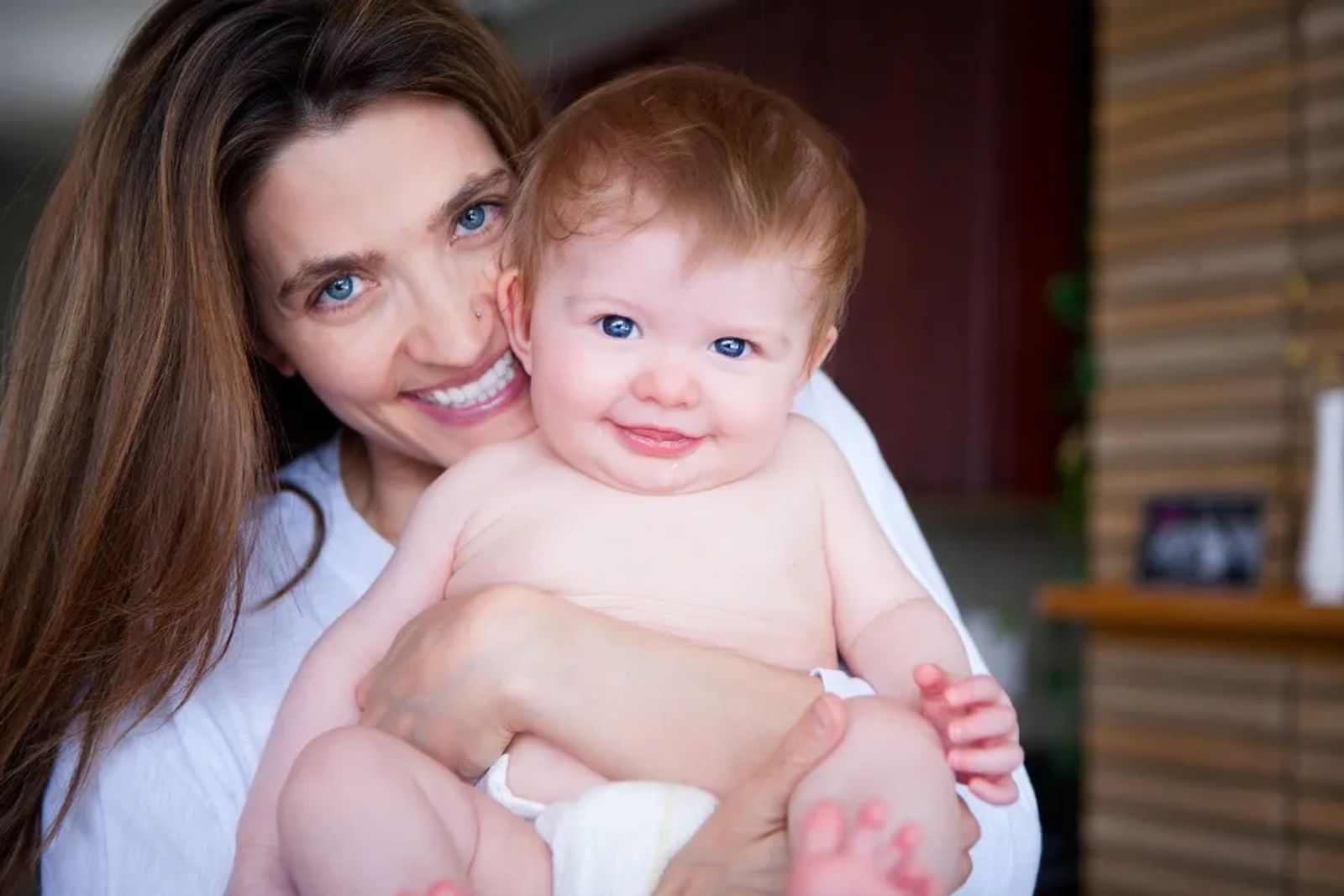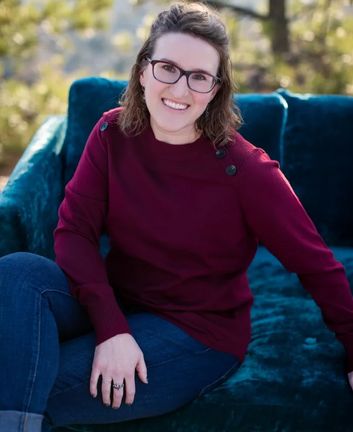
Breaking the Non-Verbal Barrier with Baby Sign
February 2021 | by rebecca stewart
When our littles are pre-verbal or are operating with the beginning stages of their vocabulary, it’s all too easy for frustrations to set in as the struggle to communicate ensues. For decades, the benefits of Baby Sign Language have been revealed and continually explored. Incredibly, it was in the 1800s that William Dwight Whitney, a 19th-century linguist and professor at Yale, observed that “children of deaf parents are routinely communicating through sign language at 6 months – a year before children in hearing families,” (History of Baby Sign Language 2011).
From those early observations, though, came a big pause, and it wasn’t until the 1980s that Dr. Joseph Garcia, an ASL interpreter, took a similar curiosity (noticing children of his deaf friends communicating with their parents at 6 months old who also had substantial vocabularies at 9 months old) and wrote about it in his 1986 graduate thesis. Thus Dr. Garcia began using sign language to teach children of hearing parents and went on to start a company that taught baby sign language. The ‘90s would see the first comprehensive Baby Sign Language research conducted over the next 20 years by professors Linda Acredolo and Susan Goodwyn. Through a series of studies, they discovered benefits of Baby Sign Language such as:
- Less frustration and a closer bond
- A larger speaking vocabulary
- 12 IQ point advantage
Throughout the 2000s, the use of Baby Sign Language became widely accepted and has only continued to grow (History of 2011).
Locally, we’re seeing the use of Baby Sign Language at Billings Public Library’s Books & Babies (currently being held virtually via the Library’s YouTube channel). To talk us through the benefits of introducing Baby Sign Language and provide some tips for getting started, we reached out to April Buscher, a sign language educator at the Lincoln Center (amongst other things). Buscher has sensorineural hearing loss due to a congenital abnormality that affects the auditory nerve; BPL’s Children’s Librarian, Allynne Ellis; and Books & Babies facilitator, Carla Nordlund.
Introducing Baby Sign Language
Before we talk getting started, Nordlund notes a couple of misconceptions:
First, not realizing that ASL (American Sign Language) differs from Baby Sign Language. She notes that both are great ways to incorporate sign language, and there isn't a wrong one for families to choose. Second, concerns that using sign language with your little will delay speech development. On the contrary, their verbal abilities will develop alongside the use of sign language.
When to introduce baby sign language? You can start utilizing sign language from birth, but most babies begin to sign around 9-13 months, though some might start as early as 5-6 months. Moral of the story? It’s never too early to start!
And so it begins… All three women recommend keeping the vocabulary to words most frequently used in the family.
- Starting with the signs for “All done” and “More/Again” can express a lot for a baby/toddler, says Nordlund.
- “Eat, more, milk, car, mom, dad, cat, dog, plate, cup, sleep, bath,” are all basic signs that make for excellent early learning, offers Buscher.
Buscher adds that teaching sign language to a child – whether they are hearing or have a disability – can improve hand mobility and communication with feelings, wants, needs, or even expressing frustration. It can also enhance learning, understanding, object identification, reading, and vocabulary.
Make learning fun
- Animated expression- Buscher notes that it’s important to remember that, with sign language, it’s not just the hand signs; it's also about facial and body expressions.
- See one, sign one- Using real objects will also help connect signs and words with those items. (Buscher explains that young learners between the ages of 6 and 18 months will not attempt to use sentence structure).
- Consistency is key- For children to get the full benefits of learning sign language, it's important to make it a natural part of your daily routine. "If sign language is only used periodically, it will be forgotten, and the child and adult will not benefit from learning sign language," says Buscher.
- Fun and sign- Use your littles’ natural curiosity, having them repeat signs while reading their picture books or during a tea party, signing words like “cup, tea, or teddy bear.” Buscher advises spending no more than 30 minutes with fun and sign.
- Coloring and painting, signing different colors.
- Read a book like The Very Hungry Caterpillar, signing the numbers and different foods.
- Talk about the weather and learn signs for sun, rain, cloud, snow, wind.
- Books & Babies- Nordland consistently uses a Hello and Goodbye song that incorporates ASL signs and hopes to include more when the Library is back to in-person programming.
Billings Public Library has books and DVDs that parents can use to learn some common baby signs. Ellis reminds us that, like most learning, as you’re navigating your sign language learning adventure, it will take patience and time.
Additional Resources from April Buscher:
For an online resource, different sign videos, and activities: signingtime.com
For adult learners that want to focus on ASL, she recommends Dr. Bill ASL lifeprint.com.
To learn ASL and SEE, she recommends her classes (go to simplylocalbillings.com/ for more info) as they are interactive and allow an onsite practice environment to improve hand movement, facial expression, fingerspelling, and more.
Resource:
History of Baby Sign Language 2011, viewed 7 January 2021, babysignlanguage.com/basics/history/
Originally printed in the February 2021 issue of Simply Local Magazine
Never miss an issue, check out SLM's digital editions here!





